Drinking Water Has One Major Problem And It’s Getting Worse
Drinking Water Is Becoming Dangerously Salty
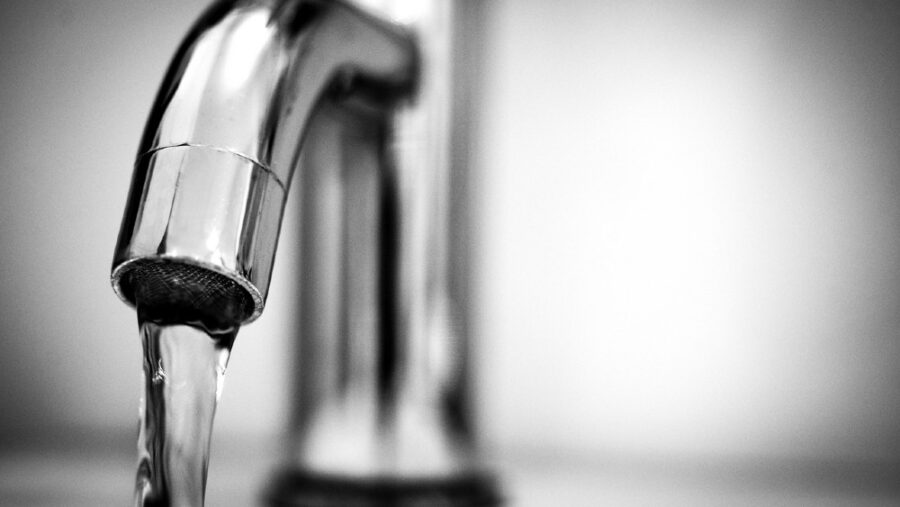
A new report from Science Alert seems to suggest that the United States’ supply of drinking water is becoming overly salty, with potentially massive consequences. This news comes as scientists have discovered increased traces of both sodium and chloride, the chemical compounds that combine to form regular table salt, in a number of wells across the country. If this trend continues or worsens, a number of individuals could suffer adverse effects from the groundwater, including dehydration, sickness, and even cancer.
The Effect On Groundwater
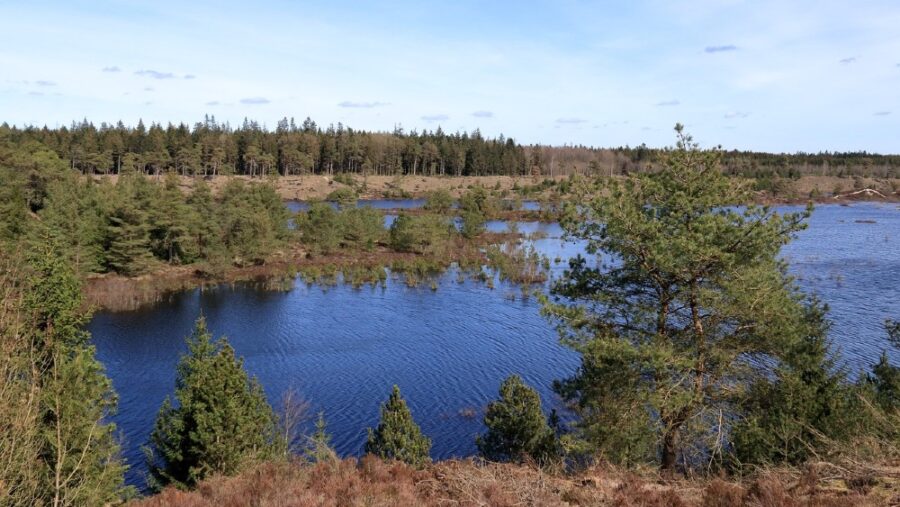
Researchers have stated that the increased salinity in the country’s drinking water could also have a corrosive impact on the ecosystem and general infrastructure surrounding groundwater wells. The group that first made this discovery, working for the US Geological Survey, began by analyzing 82 networks, each configured from a few dozen wells in a number of different agricultural environments. Though the sampling results have not yet been peer-reviewed, scientists agree that an increased salinity in our drinking water is cause for concern.
Tap Water Contains Over 500 Different Chemicals
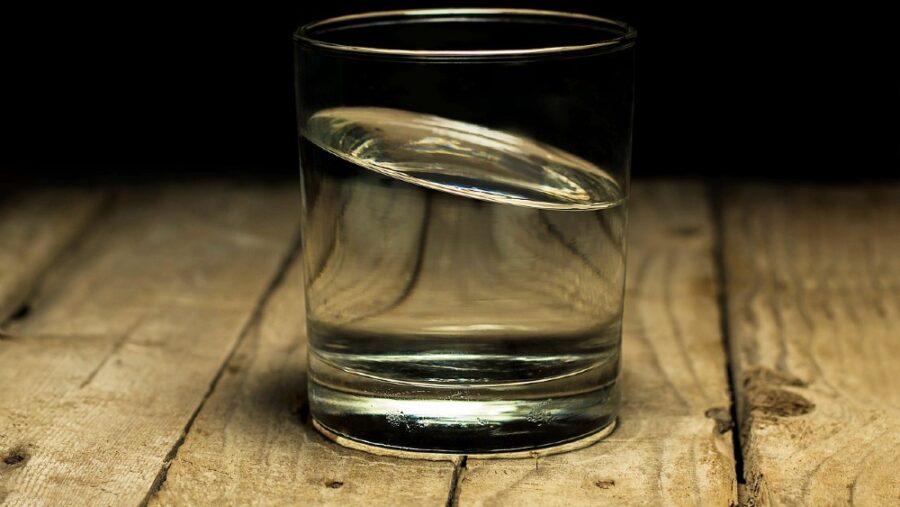
Over 500 chemical components were identified in the study of the drinking water, with radioactive isotopes, nuclear waste, fertilizers, heavy metals, and even pesticides creeping their way into the H2O since 1988. While some small traces of foreign contaminants are to be expected in just about everything we consume, it is disconcerting to see the exponential rise in sodium and chloride molecules within the water supply, indicating a broad rise in dangerous contamination.
The USGS have even created an interactive groundwater map which can be used to track and study decadal changes in drinking water found within your area.
Salty Water’s Effect On Wildlife
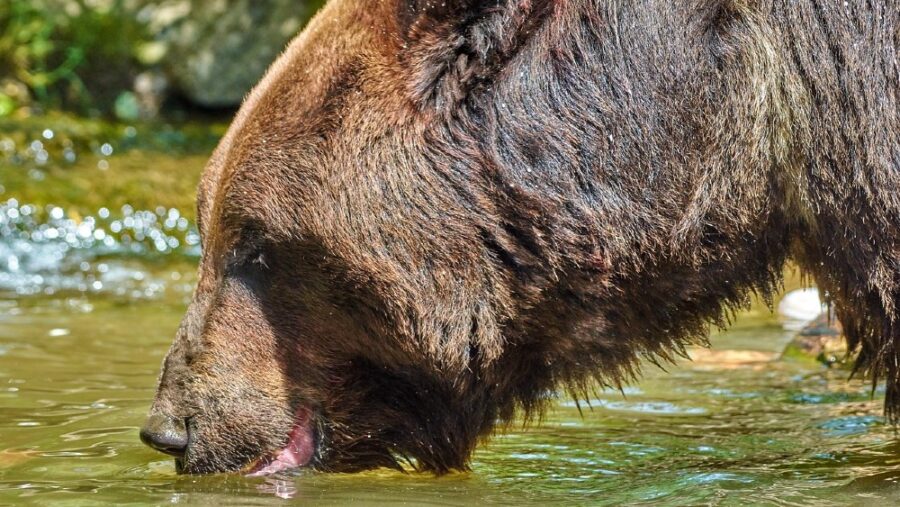
Senior hydrologist Bruce Lindsey took to the press to alert the public of this issue, stating that the sodium and chloride levels found within the nation’s drinking water had risen exponentially in comparison to other contaminants, suggesting a sustained pattern of increased salinization.
The map supports these findings, showing a clear pattern of increased salt within groundwater, which has already begun to see ramifications on infrastructure such as pipes and plumbing. A number of freshwater streams are also impacted by groundwater connections, making the salt content a concern for the ecosystem and wildlife as well.
What Causes The Overabundance Of Salt?
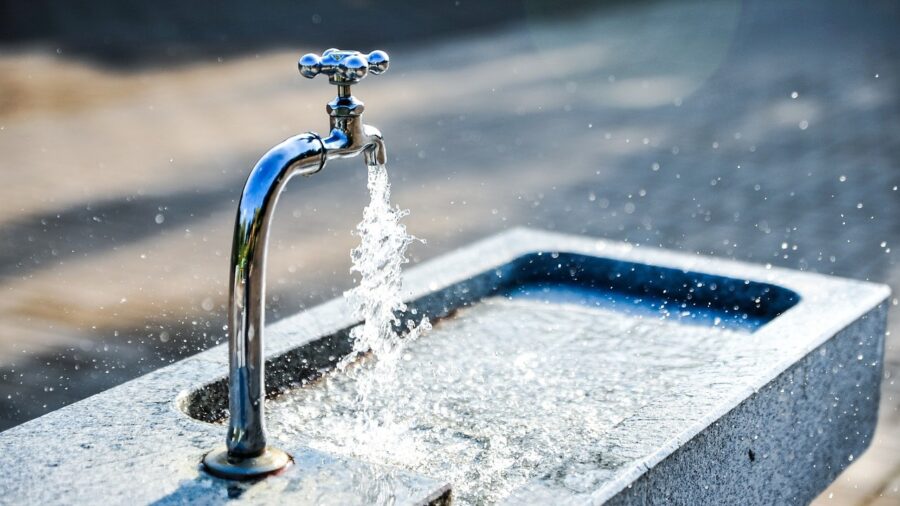
One explanation for this salty situation seems to make a connection between cooler climates and an increase in sodium chloride in drinking water. This likely comes as a result of road salts being used to de-ice snowy roads during the winter months for safety purposes. Unfortunately, this road salt is highly corrosive, as anyone who has purchased a vehicle in a snowy climate can attest. Road salts are known to cause rust and rot on vehicle frames, and also contain trace elements of radium, which is known to cause cancer.
The USGS has already issued a warning to reduce the use of road salts, as other scientific institutions have begun to double-check the results of this alarming study. Of course, getting rid of the popular de-icing method would mean replacing it with something else, as it would be completely untenable to shut down major roads in cold climates for months at a time.
As scientists continue to study drinking water across the United States, new information and discoveries are sure to follow.












